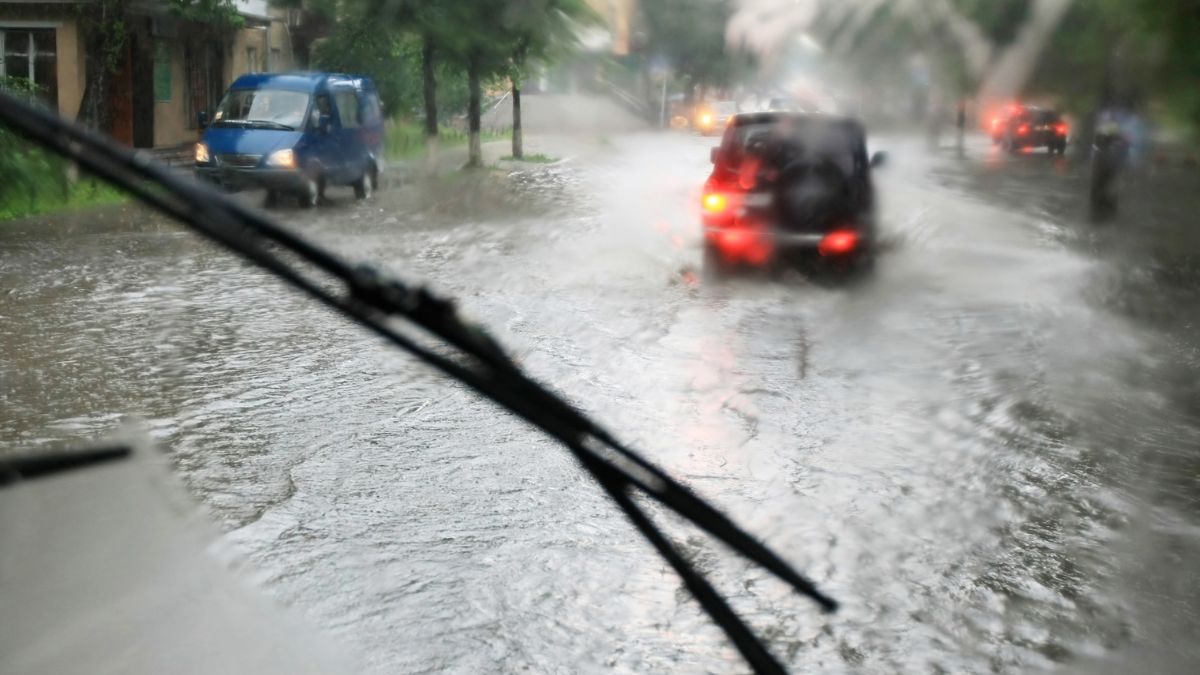
Rainy Season Driving Tips Every Kenyan Motorist Should Know
When the clouds open up and Kenya’s rainy season hits full swing, the roads become a whole different ball game. Slippery surfaces, hidden potholes and low visibility, driving during heavy rains can be risky. Whether you’re cruising through Nairobi’s busy streets or navigating rural roads, being prepared is the best way to stay safe.
So, how do you make sure you, your passengers and your car survive the rainy season? Here are the top rainy season driving tips every Kenyan driver should know.
1. Check Your Tyres — Grip Could Save Your Life
Your tyres are the only thing between you and the wet tarmac. Worn out tread = zero traction = danger.
What to do:
- Make sure the tyre tread depth is at least 1.6mm.
- Replace tyres with uneven or balding wear.
- Don’t forget to check the spare wheel too.
Good tyres can prevent skidding and hydroplaning which is common on wet roads.
2. Wipers Matter More Than You Think
Most Kenyan motorists forget about their windscreen wipers — until it’s pouring and they’re smearing mud instead of clearing rain.
Before the rains start:
- Replace old, cracked or squeaky wipers.
- Top up your windscreen washer fluid.
- Clean the windscreen regularly to avoid hazy vision.
3. Use Headlights — Not Full Beam
When visibility drops, turn on your headlights — even during the day. This helps other drivers see you, especially in foggy or stormy conditions.
Don’t use full beams (high beams) — they reflect off the rain and blind other motorists.
4. Slow Down & Keep Your Distance
In the rain, stopping distances double. Your braking power reduces. So, tailgating is basically asking for a fender bender.
Golden rule:
- Slow down — especially near curves and bends.
- Leave a bigger gap between you and the car ahead (at least 4–5 seconds).
- Avoid sudden stops or sharp turns.
5. Avoid Flooded Roads — Always
You don’t know how deep that water is. It could hide:
- A deep pothole
- A stalled car
- Or worse — an open manholeIf you can’t see the depth, don’t risk it. Turn around or wait it out.
6. Protect Your Electrical System
Rain + Electronics = Disaster. If water seeps into your engine bay or dashboard, you’re in for expensive repairs.
To prevent issues:
- Avoid parking in flood-prone areas.
- Make sure your battery terminals are clean and tight.
- Ensure all your lights, indicators and brake lights are working.
7. Carry an Emergency Kit
You never know when you’ll get stuck in traffic or stalled in the middle of nowhere during a storm.
Essentials to carry:
- Umbrella or raincoat
- Flashlight
- First aid kit
- Tow rope
- Phone charger/power bank
- Reflective triangles
8. Drive Defensively
Don’t just focus on yourself. Be alert to what other drivers are doing — many of them are unprepared.
- Watch for sudden lane changes.
- Stay off your phone and avoid distractions.
- Expect matatus to stop suddenly, especially on busy roads.
9. Wash Your Car Often
Rain doesn’t clean your car — it brings mud, grime, and acidic dirt that damages your paint and underbody.
Pro tip: Wash your car regularly, especially the underneath (chassis and wheel wells) to avoid rust.
10. Get a Rainy Season Service Check
Have your mechanic do a full check-up:
- Brakes
- Suspension
- Battery
- Tyres
- Lights
- Wipers
A small fix now can save you from a big breakdown later.
Conclusion
Rainy season driving in Kenya doesn’t have to be a nightmare. With a little prep and smart driving, you can save your life, your passengers and your car. Remember: better late than never at all.